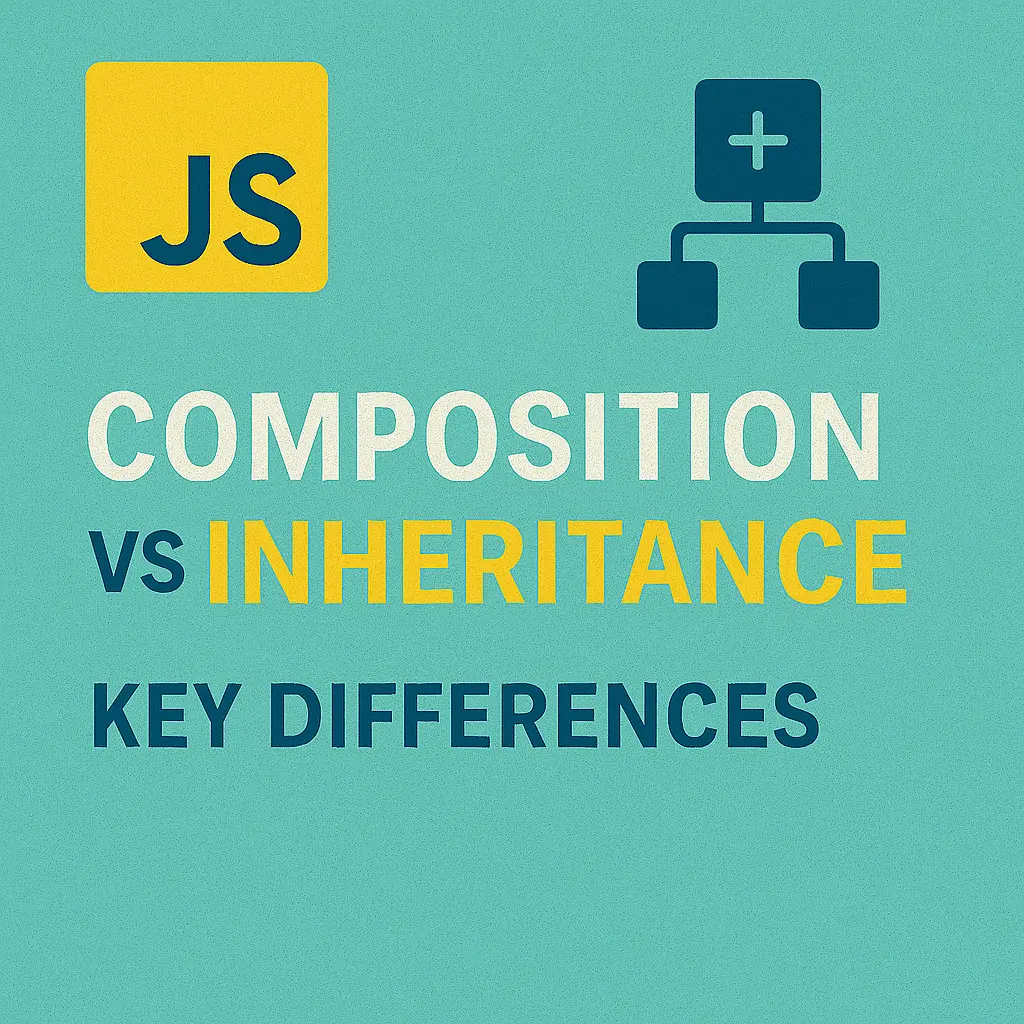Both composition and inheritance are powerful techniques that facilitate code reuse and promote modular design. However, each approach has its own strengths and weaknesses, and understanding when to use composition versus inheritance is crucial for writing clean, maintainable, and scalable code. In this guide, we’ll explore the differences between composition and inheritance in JavaScript, examine their respective use cases, and provide practical examples to illustrate their applications.
Comparing Composition and Inheritance
Composition:
Composition involves creating complex objects by combining simpler objects or components. Instead of inheriting behavior from parent classes, an object composed of other objects delegates tasks to its component objects.
Inheritance:
Inheritance involves creating new classes based on existing classes, allowing subclasses to inherit properties and methods from their parent classes. Subclasses can then extend or override inherited behavior to add additional functionality.
Use Cases for Composition
Modularity:
Composition promotes modularity by breaking down complex systems into smaller, reusable components. Each component encapsulates its own behavior and can be easily composed with other components to create more complex objects.
class Engine {
start() {
console.log('Engine started');
}
}
class Car {
constructor(engine) {
this.engine = engine;
}
start() {
this.engine.start();
console.log('Car started');
}
}
const engine = new Engine();
const car = new Car(engine);
car.start(); // Output: Engine started, Car started
Flexibility:
Composition allows for greater flexibility by enabling objects to be composed dynamically at runtime. This allows developers to mix and match components to create objects with varying behaviors.
class ElectricMotor {
start() {
console.log('Electric motor started');
}
}
const electricMotor = new ElectricMotor();
const car = new Car(electricMotor);
car.start(); // Output: Electric motor started, Car started
Use Cases for Inheritance
Code Reuse:
Inheritance facilitates code reuse by allowing subclasses to inherit properties and methods from their parent classes. This reduces redundancy and promotes a more efficient use of code.
class Animal {
speak() {
console.log('Animal speaks');
}
}
class Dog extends Animal {
bark() {
console.log('Dog barks');
}
}
const dog = new Dog();
dog.speak(); // Output: Animal speaks
dog.bark(); // Output: Dog barks
Behavior Extension:
Inheritance enables subclasses to extend or override inherited behavior to add additional functionality. This allows for a hierarchical structure where subclasses can specialize or customize behavior as needed.
class Cat extends Animal {
speak() {
console.log('Cat meows');
}
}
const cat = new Cat();
cat.speak(); // Output: Cat meows
Conclusion
Choosing between composition and inheritance in JavaScript depends on the specific requirements and design goals of your application. Composition promotes modularity, flexibility, and code reuse by combining smaller, reusable components to create complex objects. On the other hand, inheritance facilitates code reuse and behavior extension by allowing subclasses to inherit properties and methods from their parent classes. By understanding the strengths and weaknesses of composition and inheritance, you can make informed decisions when designing class relationships in your JavaScript applications, ultimately leading to cleaner, more maintainable, and more scalable code.






